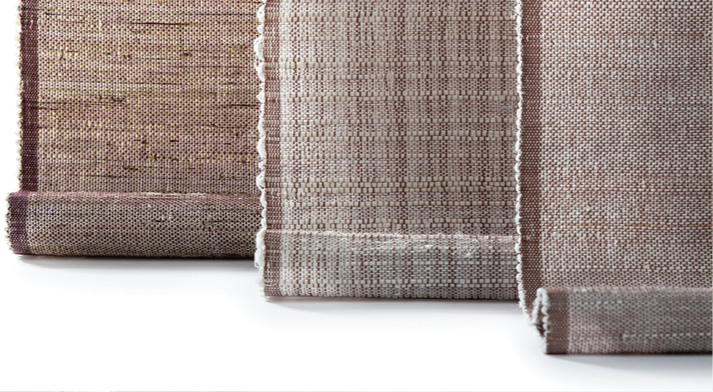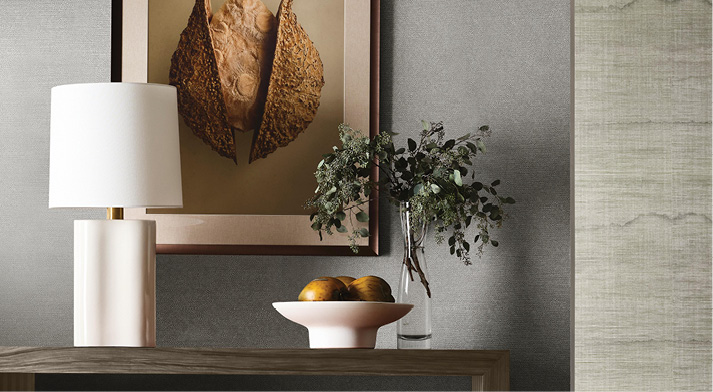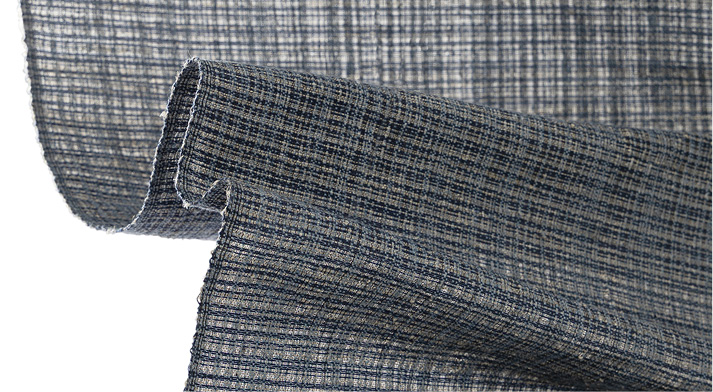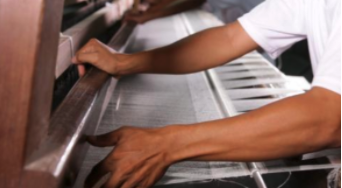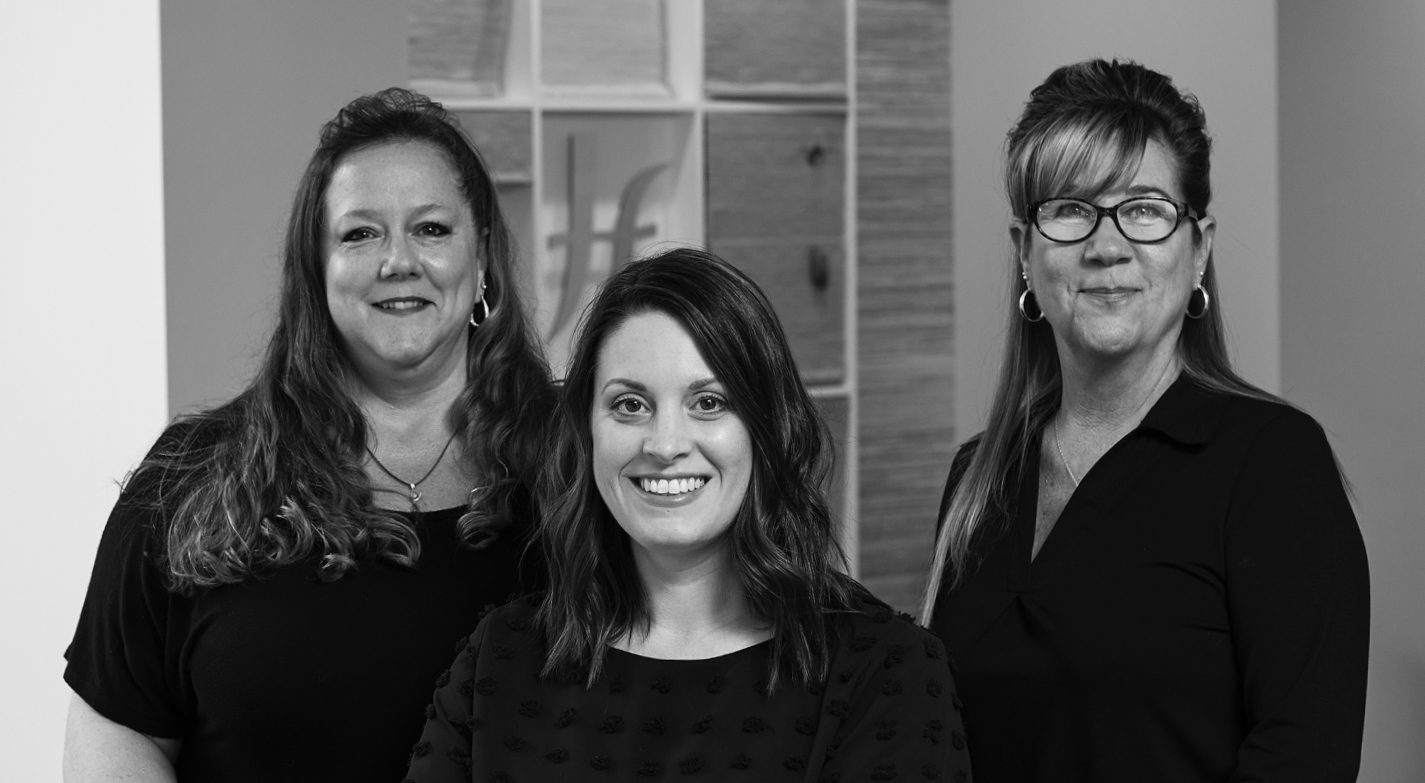A GREEN LEGACY
A COMMITMENT TO ENVIRONMENTAL HARMONY
At Hartmann&Forbes, we are intricately intertwined with our natural world. This connection generates a deeper appreciation for the planet and a greater sense that we need to participate in the preservation of its treasures for future generations. So it’s with thoughtful consideration that we continually seek ways to minimize our impact throughout our harvesting, weaving and finishing processes, as well as drive change within our industry.
Global Implications
We choose to use natural materials to craft our windowcoverings, wallcoverings and textiles not only because they create a luxurious aesthetic, but also because natural materials offer significant environmental benefits. Natural materials provide valuable ecosystem services, including the prevention of soil erosion and removal of carbon from the atmosphere. In addition, contrast to conventional synthetics, naturally sourced materials are renewable resources that require less energy to produce, create less pollution and contribute less to global climate change.
Regional Implications
We are committed to cultivating and harvesting rapidly renewable materials, by hand, in well-managed ecosystems. This practice reduces environmental impacts on the air and water quality in the regions where the materials are grown and processed. The raw materials we use come from hardy plants that can be naturally irrigated and often do not require pesticides or fertilizers or other harsh chemicals. As a result, we are able to limit our impact on local watersheds, preserving them for other purposes.
Durability & Longevity
Durability is a key, but rarely considered factors in environmental performance. Products that are built to withstand the test of time are inherently better for the environment than those that need to be replaced more frequently. Not only do these products require fewer resources over time, but they also take up less space in landfills. And while high durability is important for a product, it does not out weigh the need for the product to break down quickly and without incurring harm to the environment at the end of its life. Each of our natural products is designed and crafted to heirloom quality using components that can be recycled, recrafted or composted at the end of its lifecycle to minimize any impact on the environment.
Social Impacts
We work diligently to reframe the context of responsible design by making products in ways that are environmentally, socially and economically sustainable. Our selective use of renewable fibers grown in well-managed eco-systems makes our designs both distinctive and viable, while ensuring these natural materials remain available for future generations. Our commitment to supporting our global harvesting and weaving communities provides an economic incentive to maintain ancient crafting traditions that hold great cultural importance. We pledge to continue our investments, ensuring these practices are kept vibrant and relevant today and into the future.
Environmental Impacts in the Home
Synthetic or treated products commonly contain Volatile Organic Compounds (VOC’s), which can be released into the air over time (known as off-gassing), leading to poor indoor air quality that may contribute to a number of health problems. VOC’s can be found in adhesives, bleaching or dyeing agents, varnishes, coatings, paints and stains. We craft the majority of our products using materials and techniques that have low or no levels of VOC’s, minimizing the impact our products have on indoor air quality.
LEED CERTIFICATION
The Leadership in Energy and Environmental Design (LEED) rating system was developed by the U.S. Green Building Council to certify building performance. LEED provides an independent third-party verification that buildings have been designed and built to standards of exceptional environmental performance in human and environmental health. LEED is growing in prominence in the U.S., and separate designations have been developed, including those for home, schools, new and existing commercial buildings, and commercial interiors.
While specific products cannot be certified, our Natural Wallcoverings can help you achieve LEED credit in the categories of rapidly renewable (MRC6) and low-emitting materials (EQC4).
For further information on LEED, please see www.usgbc.org.
Started in 2005 to foster a company culture of environmental responsibility, Project Green has evolved into a company-wide collaborative effort with our team empowered to suggest ways to improve our efforts. Our passionate commitment has led to numerous initiatives including the use of Forest Stewardship Council-certified paper, corporate recycling, a renewable energy program, the use of recyclable shipping products and more.
